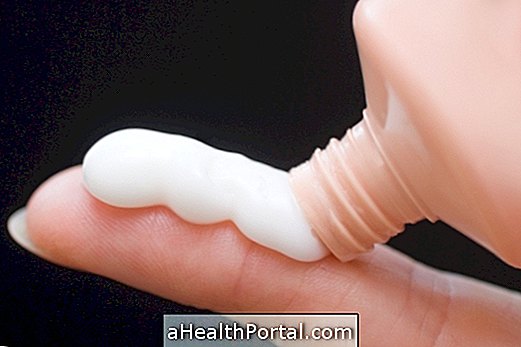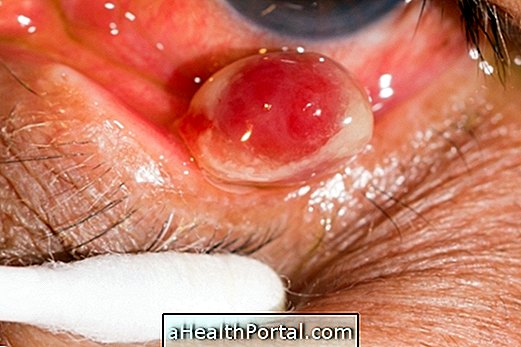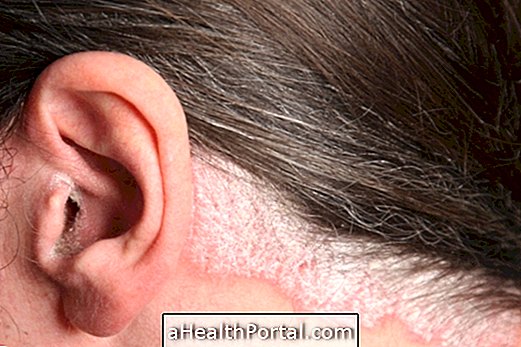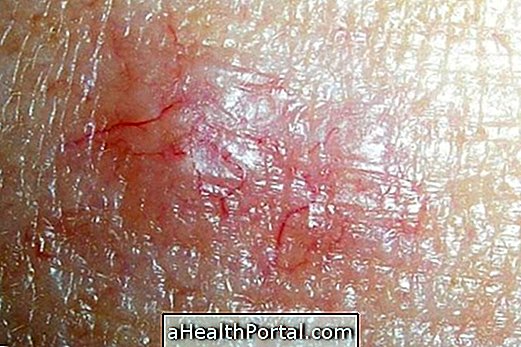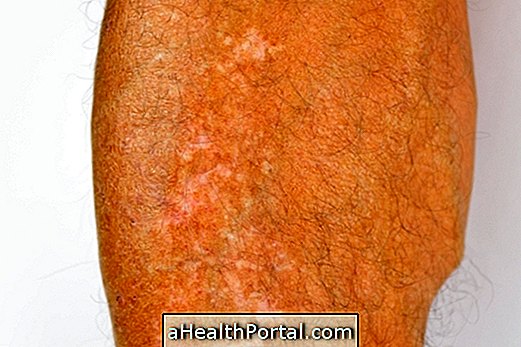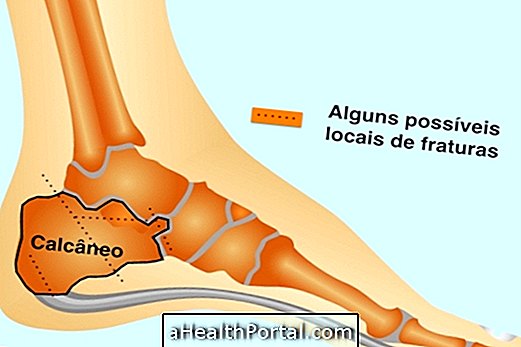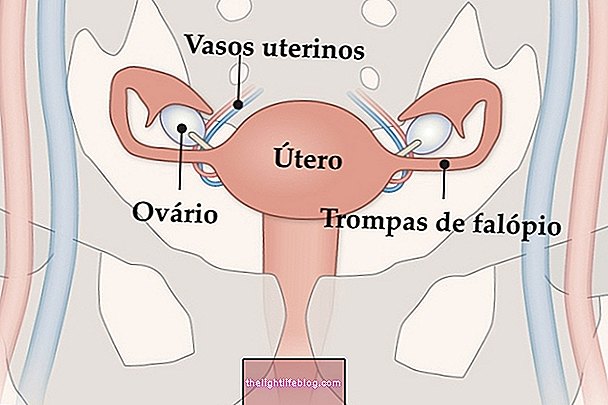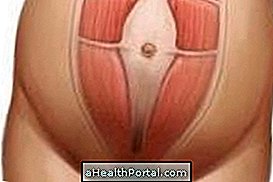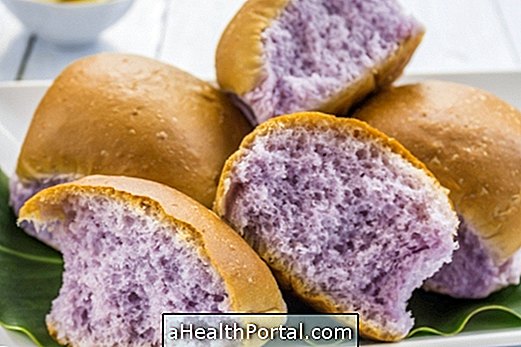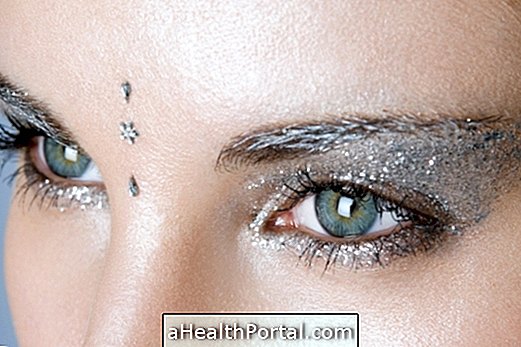Ringworm is a disease caused by fungi that can attack the skin, nails, scalp, groin and genital region, leading to the appearance of various symptoms according to the site of infection.
Fungi growth occurs mainly in humid environments, so one of the main forms of fungi transmission is through the sharing of objects, especially towels, and lack of proper hygiene.
Treatment for mycosis should be done according to the advice of the dermatologist and the use of oral or topical medications such as creams and ointments is usually indicated.
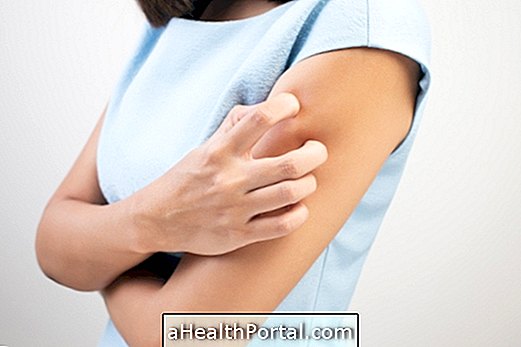
Main symptoms
Symptoms of ringworm can appear in several parts of the body, affecting the skin, fingers, scalp, genital region and nails, for example. Thus, the symptoms vary by location
- Itching;
- Appearance of red and scaly lesions;
- Darkening or whitening of skin regions;
- Genital itching and itching;
- Change in nail color and shape.
The symptoms are progressive and are more common in summer, because heat is one of the factors that favors fungal proliferation. Know the main types of ringworm.
Fungi need an environment that provides the ideal conditions for their growth, such as heat and moisture. Thus, sharing moist face and bath towels may be considered as a form of mycosis transmission. In addition, diseases such as diabetes, prolonged use of antibiotics and stress can favor the proliferation of fungi, as there is a decrease in the immune system and the amount of good bacteria in the body, resulting in mycosis.
Other factors that favor the occurrence of ringworm are unprotected sexual intercourse, sweating a lot, wearing very tight clothing and frequent environments that are too wet or lack adequate hygiene, such as locker rooms and toilet boxes, for example.
How to prevent
The prevention of mycosis occurs through simple measures that prevent fungal proliferation. Thus, it is important to take good care of hygiene, including intimate hygiene, keeping the body clean and dry, especially cleaning areas of folds, and avoid walking barefoot on wet or public floors.
In addition, it is recommended to wear cotton clothes that allow the skin to breathe and avoid sharing personal materials such as towels, makeup, hairbrushes and nail pliers, for example.
How is the treatment done?
The treatment for ringworm should be indicated by the dermatologist and is done with the aim of eliminating the fungus causing the infection and thus relieve the symptoms. Usually the treatment is done with the use of creams, ointments, topical lotions or oral medications, which are recommended according to the place of appearance of the lesions and the severity of the symptoms.
The most commonly used remedies for mycoses are Fluconazole, Clotrimazole, Miconazole or Itraconazole and the treatment time varies according to the mycosis site, and may last from 30 to 60 days in case of ringworm in the hands, 1 year in the case of ringworm of the feet and months when the fungi affect the scalp or the nails, for example. See what are the best remedies for ringworm.
It is important that the treatment is done even if the symptoms disappear, because all the fungi may not yet have been eliminated, and there may be reappearance of the symptoms or even worsening of the disease.
